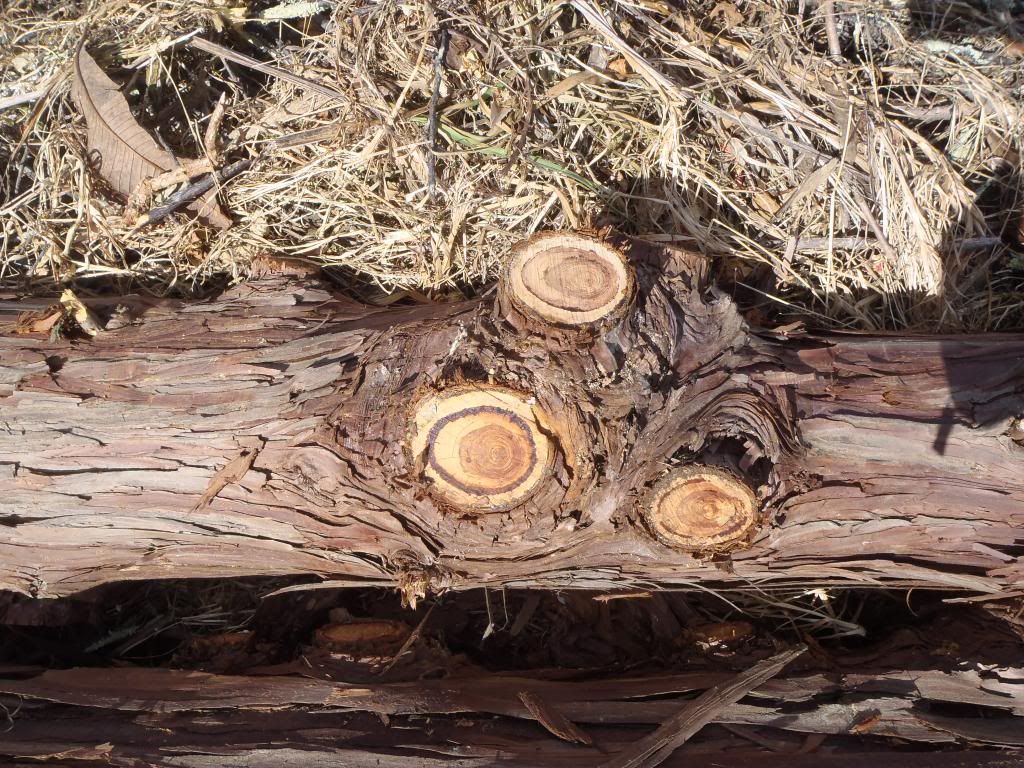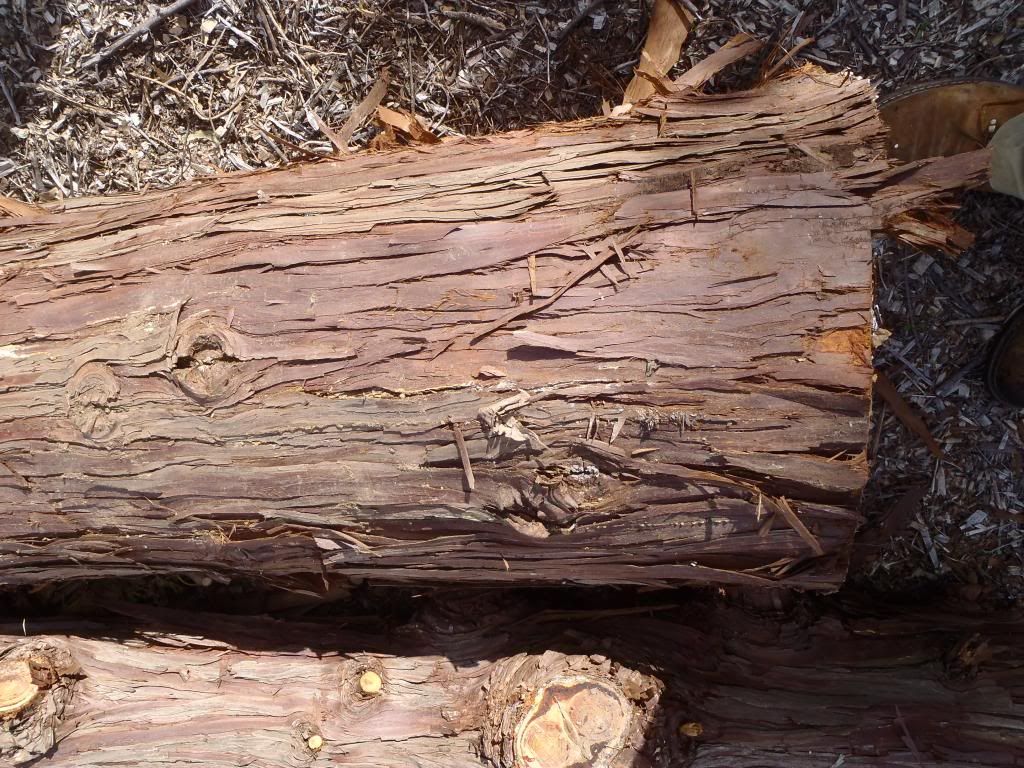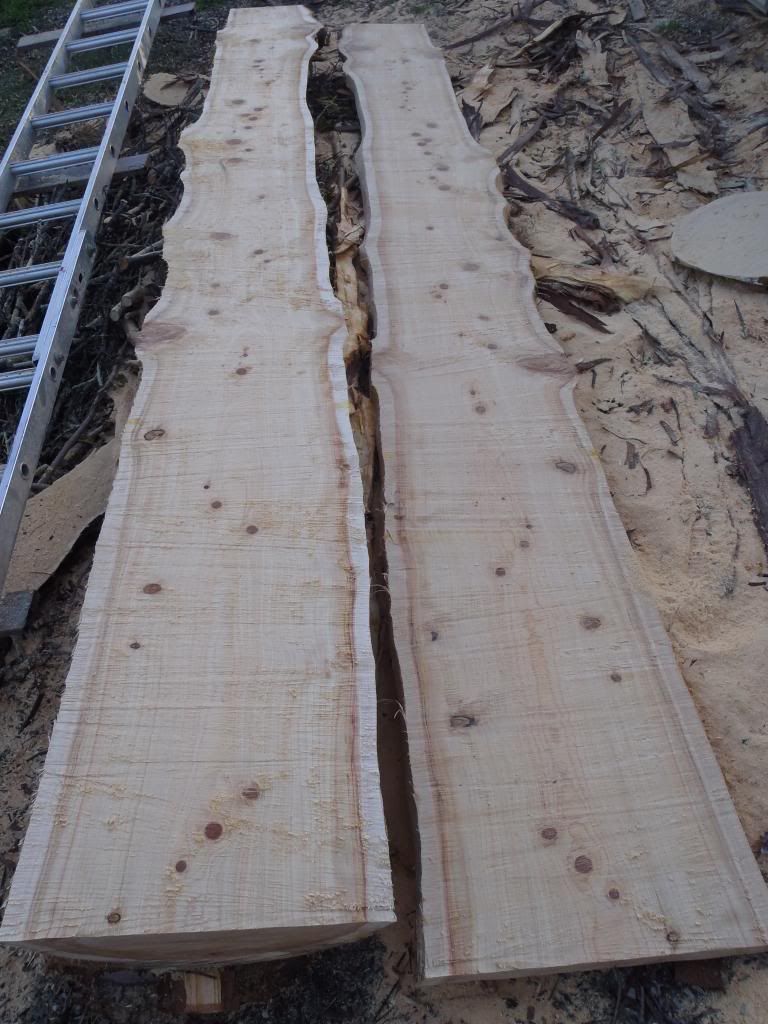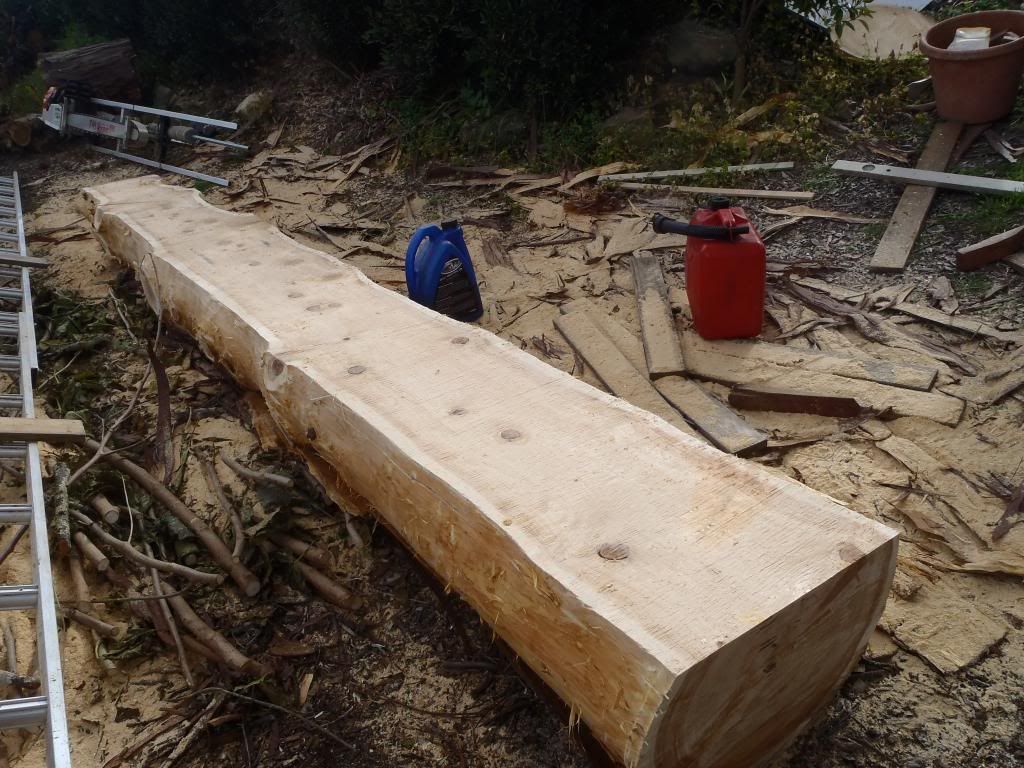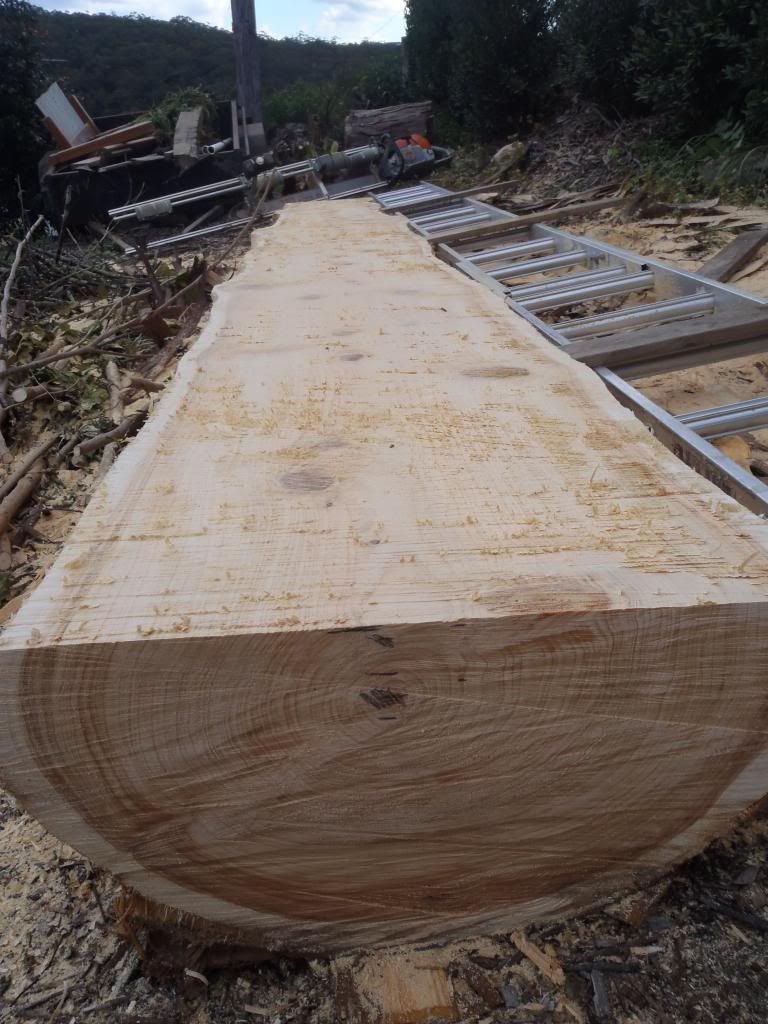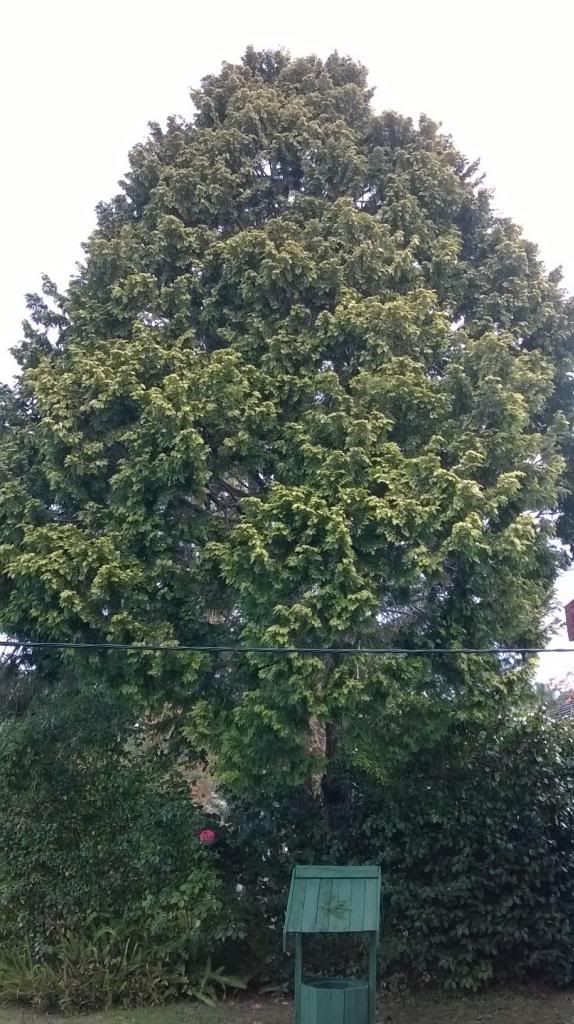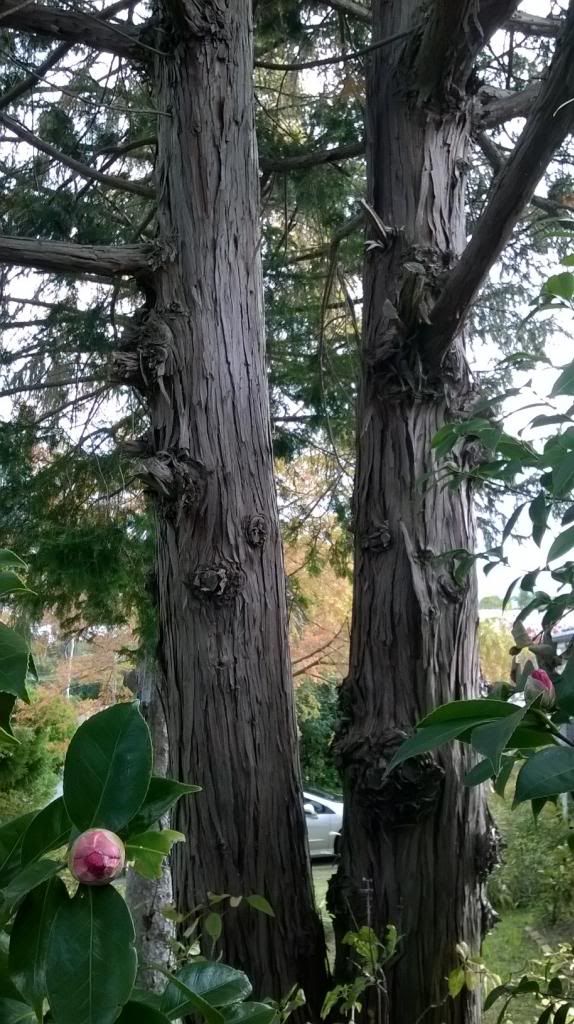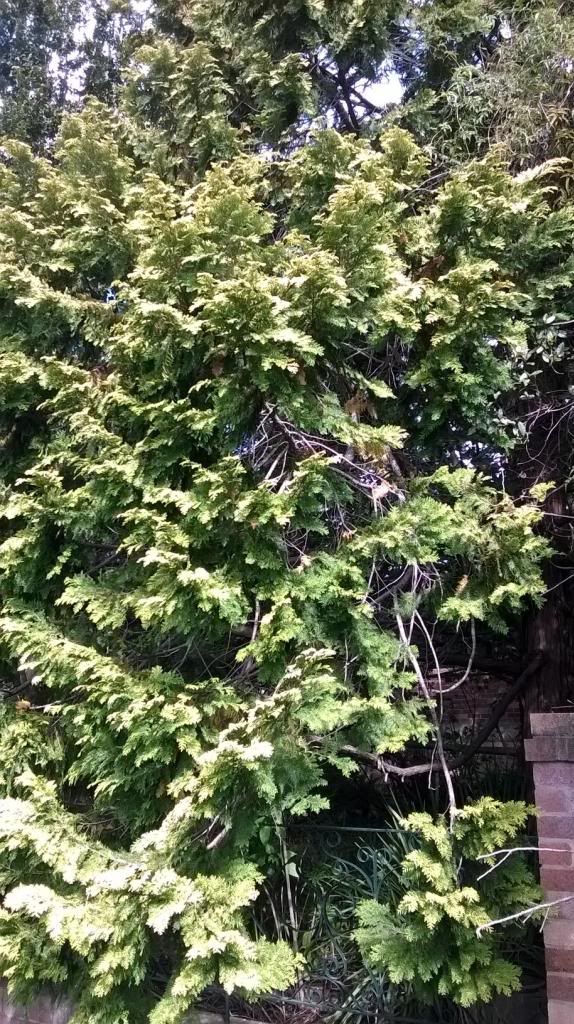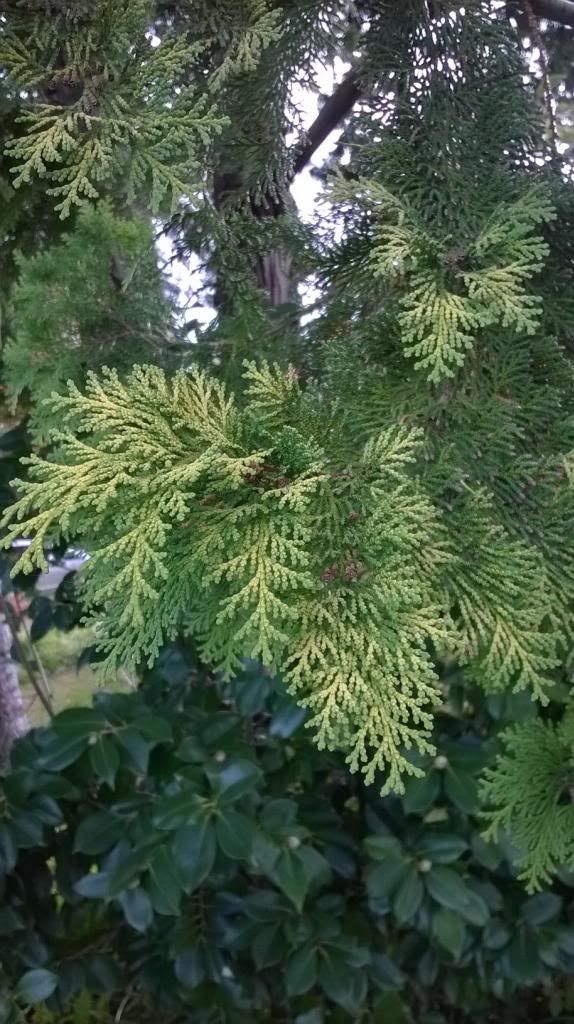Boon
Addicted to ArboristSite
Hi all, went to alot of trouble to get this log delivered home. I had the impression it was a red cedar from the look of the cut branches on the trunk, milling showed otherwise. Not quiet what I had envisioned inside but was there and set up to mill so finished the job.
Can any one identify what kind of pine this is, all I have is the photo of the log and bark.
Can any one identify what kind of pine this is, all I have is the photo of the log and bark.





